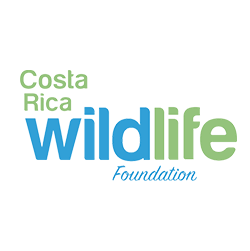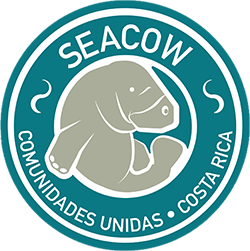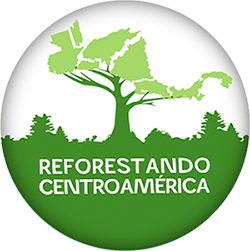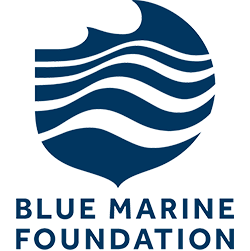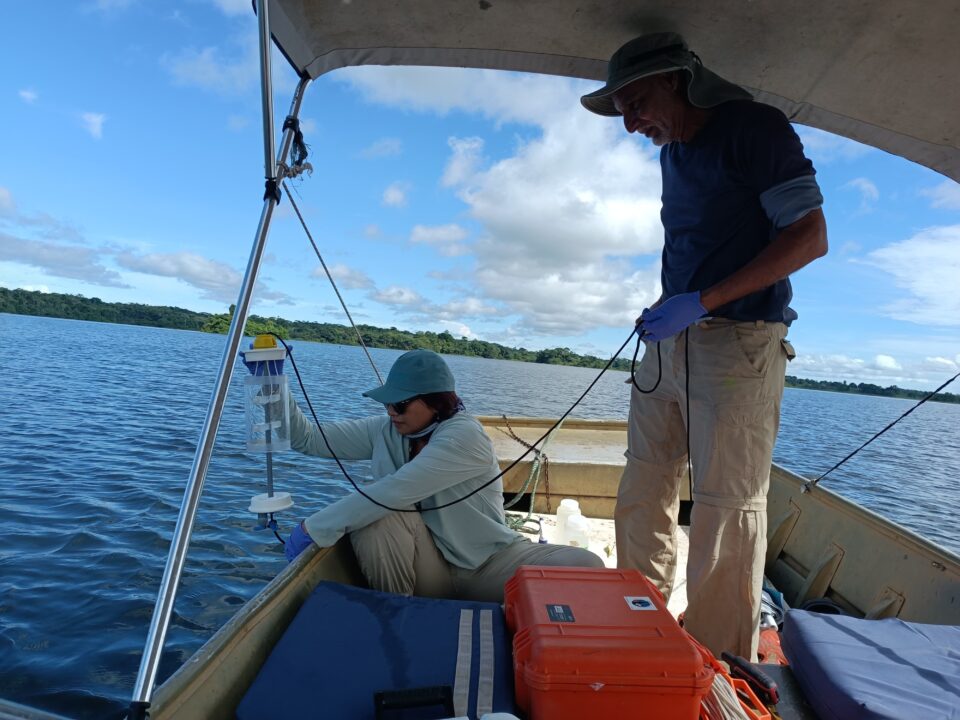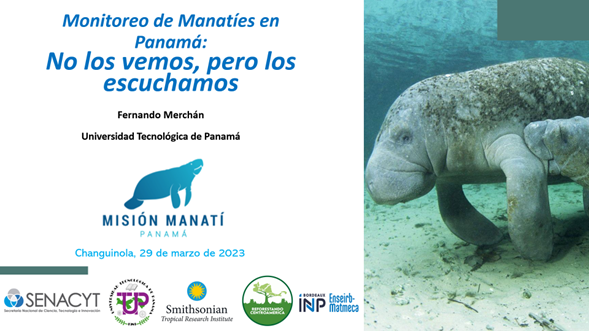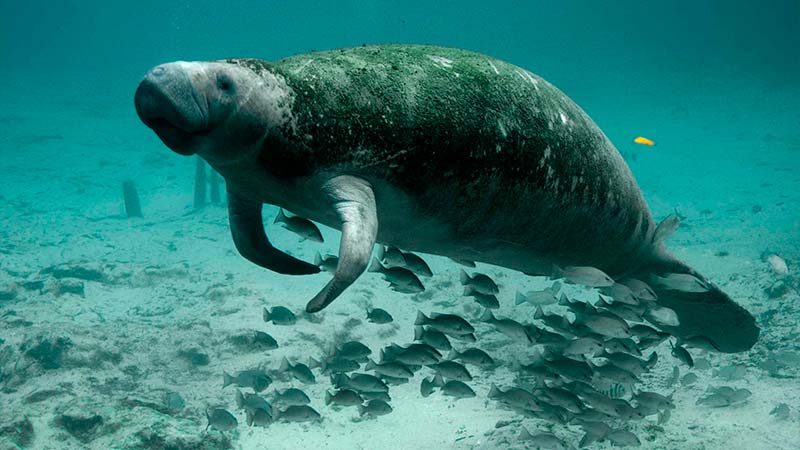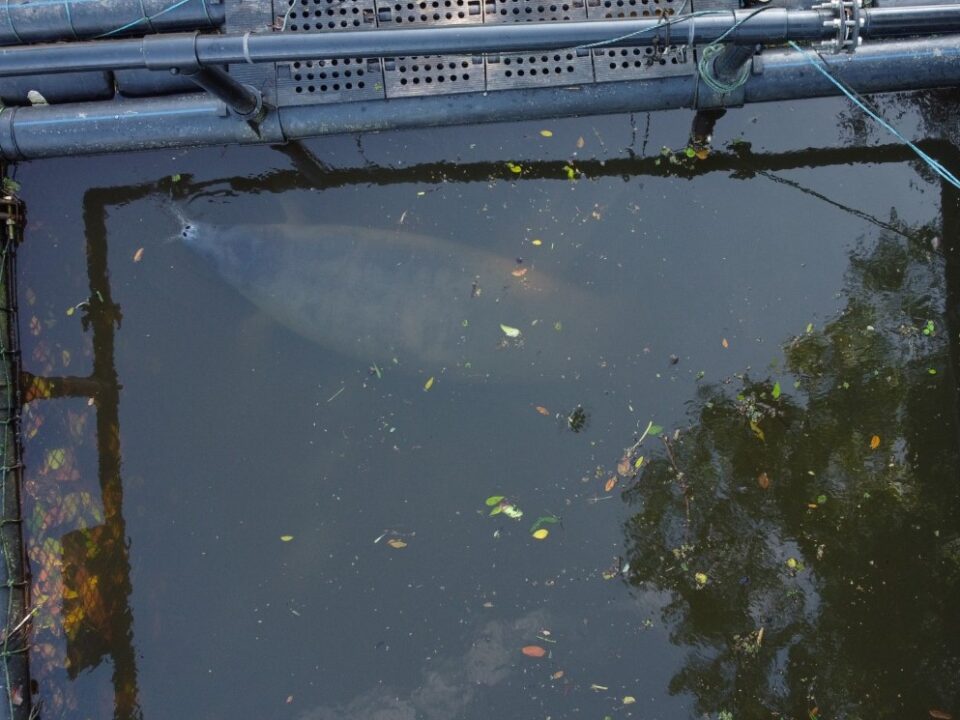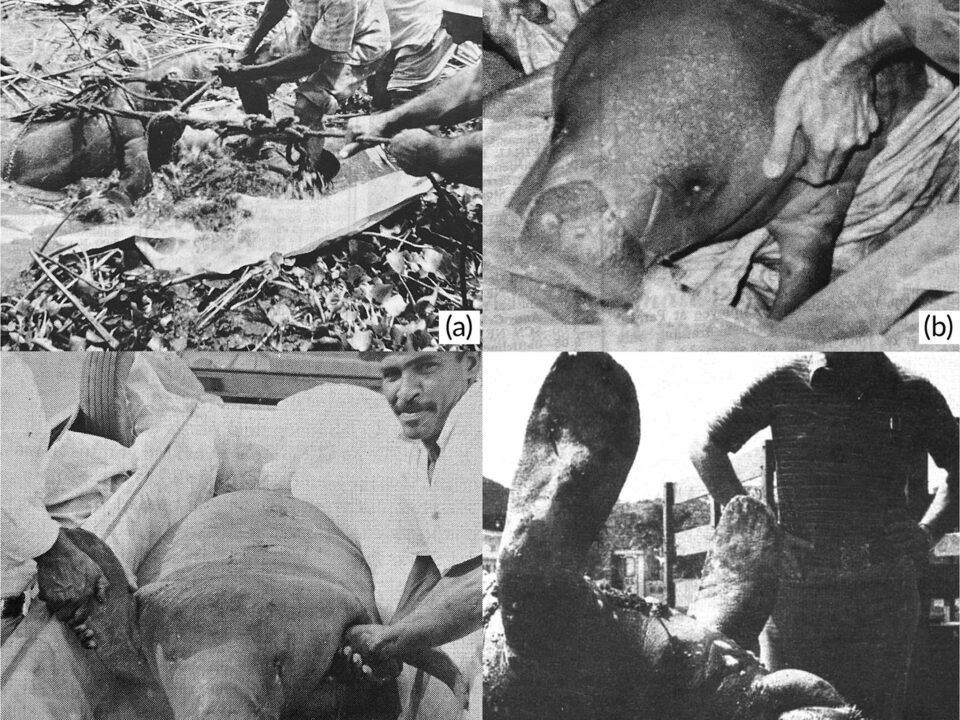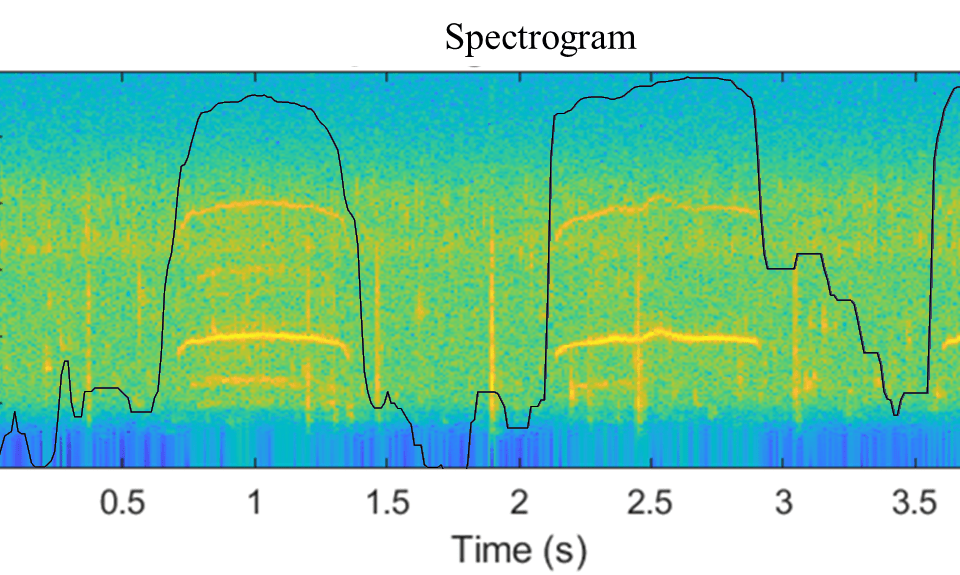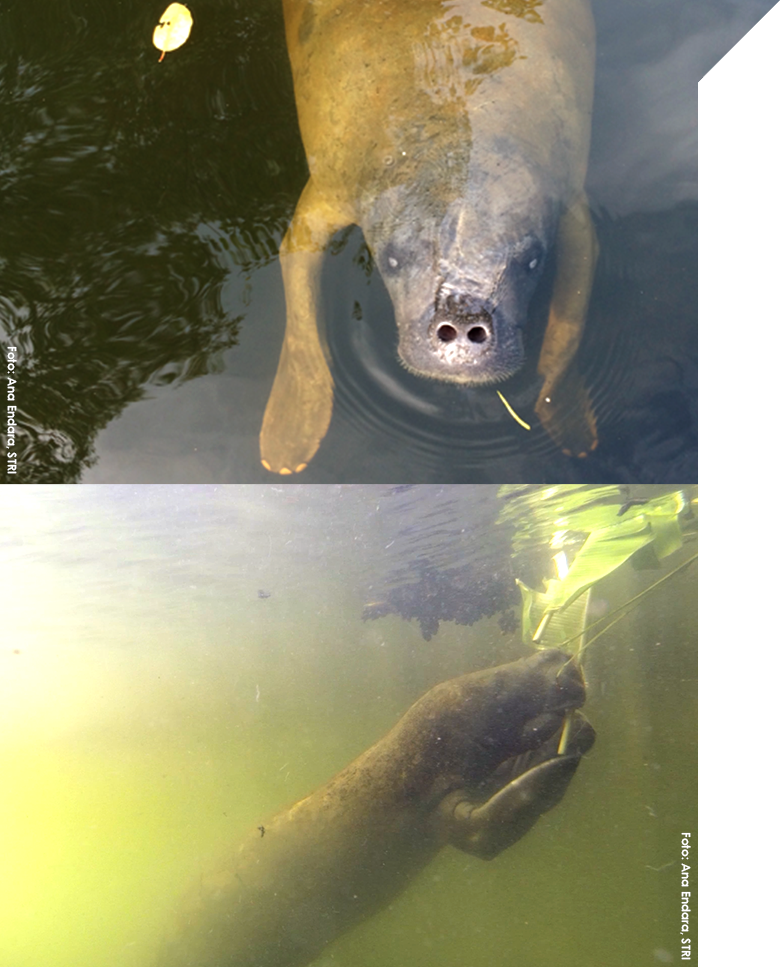
#MisiónManatí
Science and technology for the conservation of manatees in Bocas del Toro and the Ngäbe-Buglé region

Manatee are endangered aquatic mammals. To help protect them, researchers Héctor Guzmán from STRI, Fernando Merchán, Héctor Poveda and Javier Sánchez-Galán from UTP, and Guillaume Ferré from ENSEIRB-MATMECA, developed a monitoring system based on hydrophones, which allows real-time detection the sounds these animals make underwater to communicate with each other.
Manatees Mission in the Media

ALLIANCES

Proyect #MisiónManatí
Manatees
Also known as “sea cows”, they are aquatic mammals that live in shallow tropical and subtropical coastal-marine ecosystems. As herbivores, they control the growth of seagrass beds and aquatic vegetation by assisting in seed dispersal and nutrient cycling. This growth control benefits fish hatcheries, thus promoting high primary productivity in coastal areas. The West Indian manatee subspecies is widely distributed from northern Mexico to central Brazil and the Caribbean islands, where it seeks rivers and coastal wetland habitats with abundant aquatic vegetation, providing food, breeding grounds, and protected areas for breeding reproduction.
Study areas
The San San Pond Sak (HSSPS)
The Damani-Guariviara wetland
Acoustic monitoring
Manatee Mission in the Media

Publications



